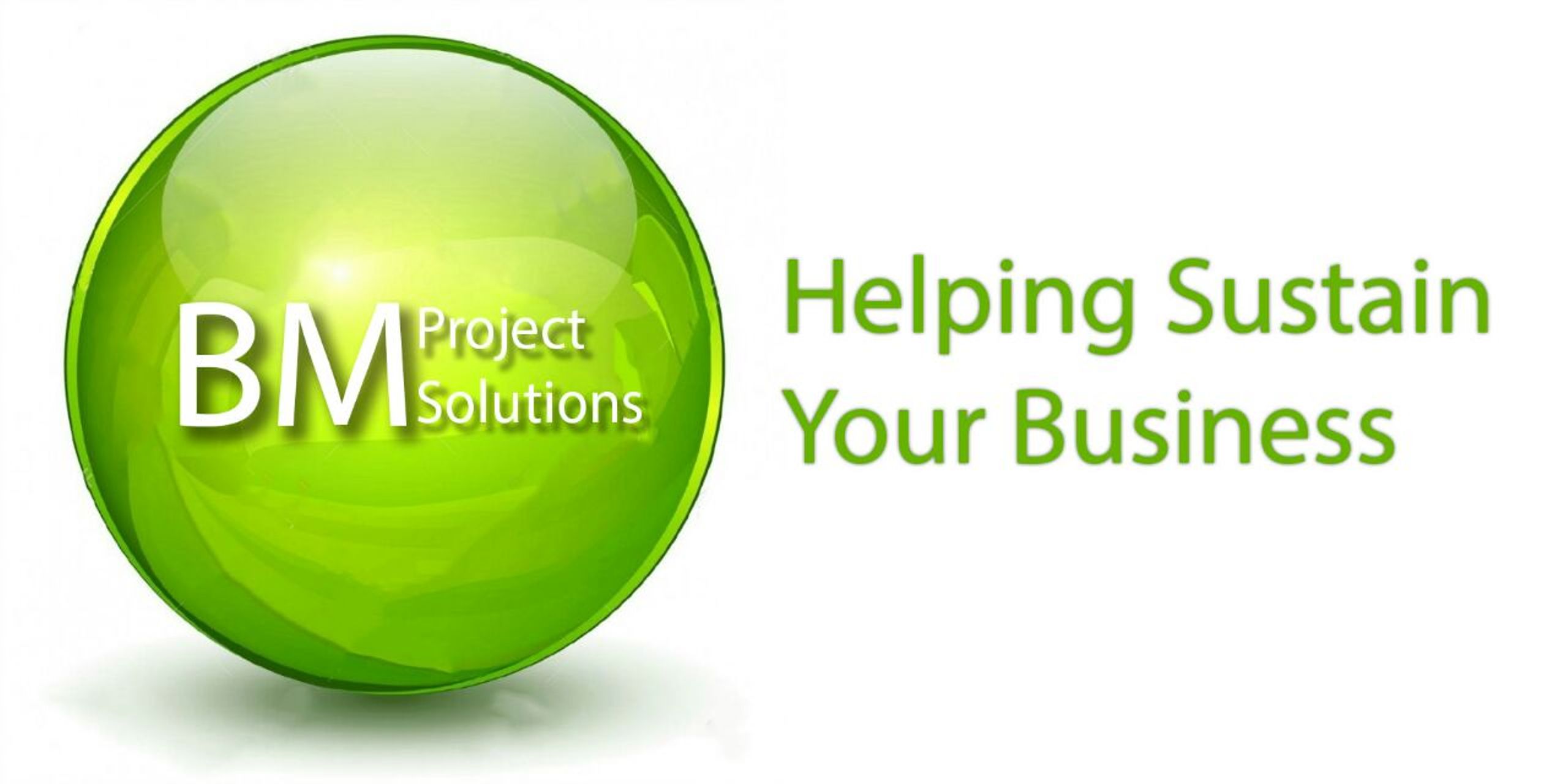We came across this article on
the company website www.constellation.com and
thought we would highlight some important information regarding a Business
Sustainability Plan. Please visit www.constellation.com for
the full article and what their business offers.
So, what is a Business
Sustainability Plan?
A business sustainability
plan is simply something an organization develops to achieve goals that
create financial, societal, and environmental sustainability. A business
impacts communities and resources, so taking these steps to sustainability is
in the best interests of the environment, the business owner, and the consumer.
Reasons to Build a Sustainable
Business:
Small businesses can easily
scale these practices and implement them in their own organizations through a
small business sustainability plan. From saving money and promoting public
health to improving public relations, the benefits of building a sustainable
business might surprise you.
There are 5 Steps to creating
Sustainability for a Small Business
Step 1: Learn about Sustainability
- The first step in creating a small business sustainability plan is learning what, exactly, sustainability is all about.
· Knowledge is power. Use
your resources wisely! There are many guides out there that offer
suggestions on sustainability.
· Profits, people, and planet. Internalize
the idea that sustainability within your business means managing your triple
bottom line: your financial, social, and environmental impacts, obligations,
and opportunities.
· Going green vs. going sustainable. You
may be wondering, what is a green business? It’s about the long-term,
multifaceted impacts and implications of your products and services.
· Out with the old (way of thinking). It’s all about a perspective shift. The key is to see the business, the self, the economy, and the household as connected with—instead of separate from—the environment.
Step 2: Assess Areas of
Improvement
It just takes some research.
· Learn the laws. From
local development laws to self-regulation in your industry to international
treaties, many standards are already on the books in terms of sustainable
practices.
· Check your compliance. At
a minimum, your business should be in total compliance with any laws or
standards already in place. Research cost-effective ways to improve compliance.
Step 3: Find Opportunities
Start embracing the
entrepreneurial spirit of innovation and asking yourself the hard questions:
· Innovate. Success
in implementing sustainable business practices is directly related to
innovation. From problem solving to finding cheaper and better ways of doing
things, innovation ranges from simple changes to implementation of complex new
technologies.
· Get employee input. Bring
in employee ideas and support; employees will take responsibility for things like
energy efficiency and come up with solutions that will help you implement and
improve sustainability.
· Self-reflect. Ask
yourself a few questions, and you’ll find numerous opportunities for
improvement: What strengths does my business bring to the table that can play a
unique role in sustainability?
Step 4: Create a Vision
Your vision for sustainability
is all about what makes you and your business tick.
· Find your company’s passion. What
is your company passionate about?
· Be specific about your small business’s
vision. Create a separate vision for each section of
your small business, from those on the front lines to those working behind the
scenes in different departments.
· Define your sustainability model’s terms. Be
sure to define a few words that describe your business’s specific
sustainability model. This will help you give your employees the ability to
take ownership of your overall vision.
Step 5: Implement Changes
The final of the five steps to
sustainability is an exciting one. Implementation!
· Communicate clearly. Adequately
communicate your new sustainability plan across your entire company. Educate
your employees to ensure successful implementation, and make sure all leaders
are involved.
· Change policies. Ensure
your current policies align with your sustainability plan. If not, create new
ones that are specific to different departments and employees.
· Review performance. Create
specific, measurable, and attainable written goals, and develop metrics on how
to track the success of your changes. This could be as simple as comparing a
previous energy bill under the old policies with a new one that comes after
you’ve implemented changes.
· Get feedback. Have
your leaders in the company report back to you on any difficulties they
encounter in implementing changes to policies, so that you can troubleshoot how
to fix them while still staying true to the sustainability model. This will
help you identify opportunities for more small business sustainability.
After you’ve taken the five
steps to sustainability, make sure you can substantiate your sustainability
claims before going public with the environmental advantages of your products
or services.
Till Next Time!
BM Project Solutions






